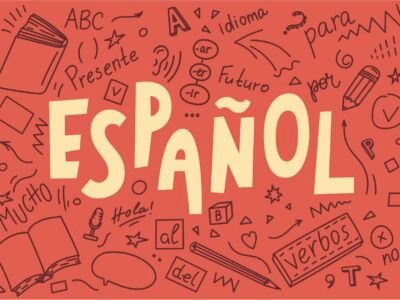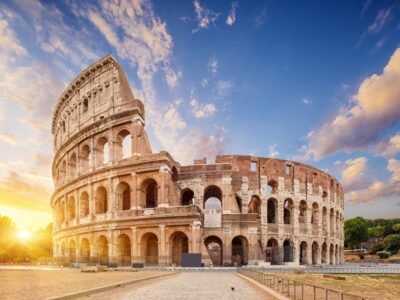
Overview
🎭 Course Title:
Introduction to Drama: Exploring Theatre, Performance, and Expression
🎯 Course Objectives:
By the end of this course, students will:
-
Understand the fundamentals of drama and theatre.
-
Explore different acting techniques and styles.
-
Analyze dramatic texts and characters.
-
Learn about stagecraft, scriptwriting, and performance.
-
Build confidence and creativity through practical exercises.
📚 Course Modules & Content Outline:
Module 1: Introduction to Drama and Theatre
-
What is drama? What is theatre?
-
The history of drama (Ancient Greek, Elizabethan, Modern)
-
Key genres: tragedy, comedy, farce, melodrama, realism
-
The role of drama in society and culture
Module 2: Elements of Drama
-
Key components:
-
Character
-
Plot
-
Theme
-
Dialogue
-
Tension
-
Mood
-
Space and time
-
-
Script vs. improvisation
Module 3: Acting Techniques and Characterization
-
Physical and vocal warm-ups
-
Stanislavski method (realism and emotional truth)
-
Brecht and epic theatre
-
Method acting, improvisation, and Meisner technique
-
Building a character (objectives, motivations, backstory)
Module 4: Voice, Movement, and Body Language
-
Voice projection and articulation
-
Movement in performance
-
Body language and facial expressions
-
Using space effectively on stage
-
Mime and physical theatre basics
Module 5: Improvisation and Creative Play
-
Rules of improvisation
-
“Yes, and…” technique
-
Solo and group improvisation games
-
Spontaneous storytelling
-
Developing confidence and spontaneity
Module 6: Script Analysis and Scene Work
-
Reading and interpreting scripts
-
Scene breakdown and beats
-
Dialogue and subtext
-
Working with a partner or ensemble
-
Short scene performance (monologue or duologue)
Module 7: Playwriting and Devising Theatre
-
Elements of a script (structure, dialogue, stage directions)
-
Writing a short play or monologue
-
Devised theatre: creating original scenes as a group
-
Exploring themes and messages
-
Storyboarding and scripting a scene
Module 8: Stagecraft and Theatre Production
-
Basic stage directions and terminology
-
Set design and stage layout
-
Costume, props, lighting, and sound
-
Roles in theatre production (director, stage manager, designer)
-
Creating a performance on a budget
Module 9: Performance and Presentation
-
Rehearsal techniques
-
Memorization strategies
-
Working with feedback
-
Performing for an audience (live or virtual)
-
Stage fright and confidence building
Module 10: Drama and Society
-
Theatre for social change
-
Political and community theatre
-
Diversity and representation in drama
-
Global theatre traditions (e.g., Noh, Commedia dell’arte, African storytelling)
🧪 Assessment Methods:
-
Weekly practical assignments (monologues, improvisations)
-
Script or scene analysis
-
Short written reflections or journals
-
Final performance project (live or recorded)
-
Peer or instructor feedback
🎓 Target Audience:
-
High school and college students
-
Aspiring actors or playwrights
-
Educators introducing drama to students
-
Anyone interested in self-expression and performance
🛠️ Delivery Format:
-
Video demonstrations and lessons
-
Downloadable scripts and worksheets
-
Recorded student submissions and feedback
-
Interactive Zoom/Google Meet sessions (optional)
-
Certificate of completion
Course Features
- Lecture 0
- Quiz 0
- Duration 10 weeks
- Skill level All levels
- Language English
- Students 0
- Assessments Yes





